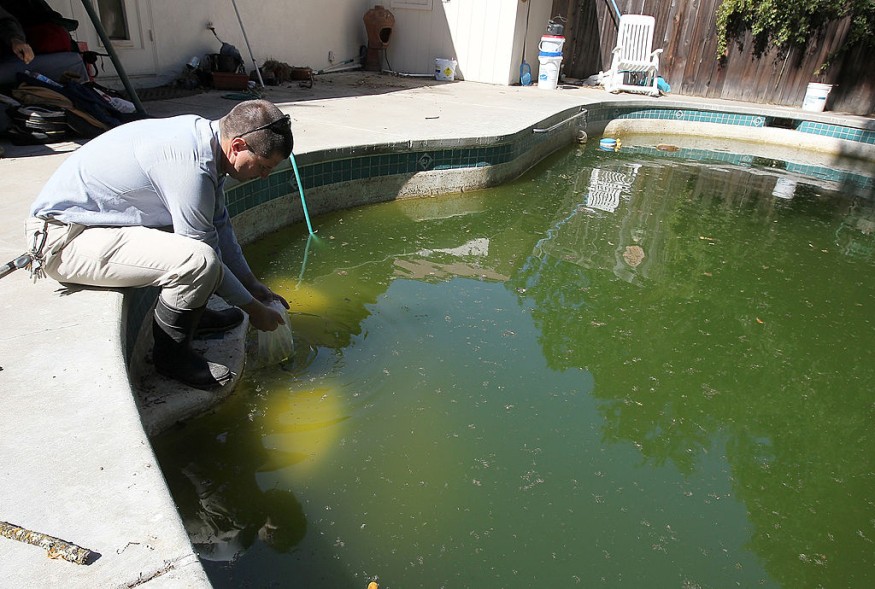
On Friday, the California Department of Public Health - Vector-Borne Disease Section, confirmed that two invasive species of mosquito have been discovered in the Santa Clarita Valley.
Two Invasive Blood-Sucking Mosquito Species
The Asian tiger mosquito (Aedes albopictus) and the yellow fever mosquito (Aedes aegypti) were the two species found.
The Asian tiger mosquito dwells in tropical, subtropical, and temperate areas, according to the Centers for Disease Control. But it can survive at lower temperatures and in a wider temperature range. These mosquitoes are less likely to transmit diseases like Zika, dengue, and chikungunya since they prey on both humans and animals.
Yellow Fever Mosquito
Living in tropical, subtropical, and temperate climates is the yellow fever mosquito. These mosquitoes are the primary vectors of Zika, dengue, chikungunya, and other viruses. They are more likely to transfer illnesses because they reside close by and love to eat people.
If enough persons contract the virus, or if the virus is discovered in the blood of an infected person within the first week of infection, these mosquitoes can start an outbreak. Another possibility is that the infected mosquito survives long enough to spread the virus or that it bites another person. If the cycle repeats itself several times, it can also result in an outbreak, The Signal reports.
Mosquitoes in California
In California, there are more than 50 different species of mosquito. The blood-sucking insect can live in deserts that are at or below sea level or in mountain meadows that are at an elevation of 10,000 feet or higher.
Numerous mosquito species found in California are scarce and rarely endanger the health or well-being of locals. However, several species readily attack humans, and a few species can spread microbes that cause diseases in humans such as West Nile Virus, encephalitis, and malaria. The Aedes, Culex, and Anopheles are the three mosquito genera that pose the greatest threat to California. Animals or pets may contract infections from other insects.
Public organizations set up, particularly for mosquito management are the best at managing mosquitoes on a regional scale. More than 50 mosquito control and vector control districts in California offer this service, UC IPM reports.
In the upcoming months, people in California might encounter more mosquitoes as a result of the state's heavy rains, according to USA Today.
According to the San Francisco Department of Public Health, mosquito activity is normally higher from May to November, but it is too soon to predict how the recent rains would affect the mosquito population.
An element that can cause more people is the recent increase in rainfall in California.
There is some uncertainty about what this level of rainfall will do to California's mosquito abundance numbers, but there is already mosquito activity in a variety of different areas, according to Sarah Wheeler, the Sacramento-Yolo Mosquito & Vector Control District laboratory director.
According to Wheeler, rising temperatures have an effect on mosquito population trends.
Some mosquito species have been waiting all winter for warm weather to allow them to lay eggs in water pools and feast on human blood, as per Wheeler via USA Today.
Related Article : Flower Foraging Dooms Mosquitoes as Nectar Spreads Honey Bee Virus to Bloodsuckers
© 2025 NatureWorldNews.com All rights reserved. Do not reproduce without permission.





